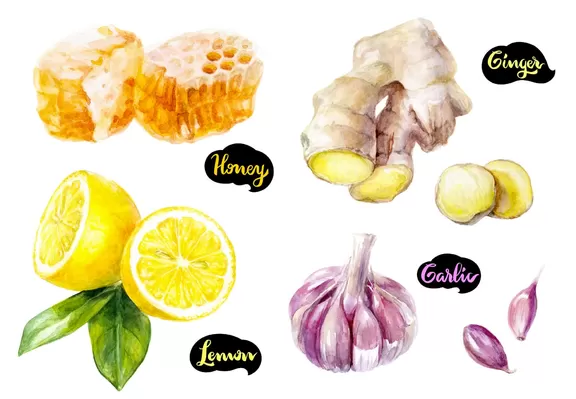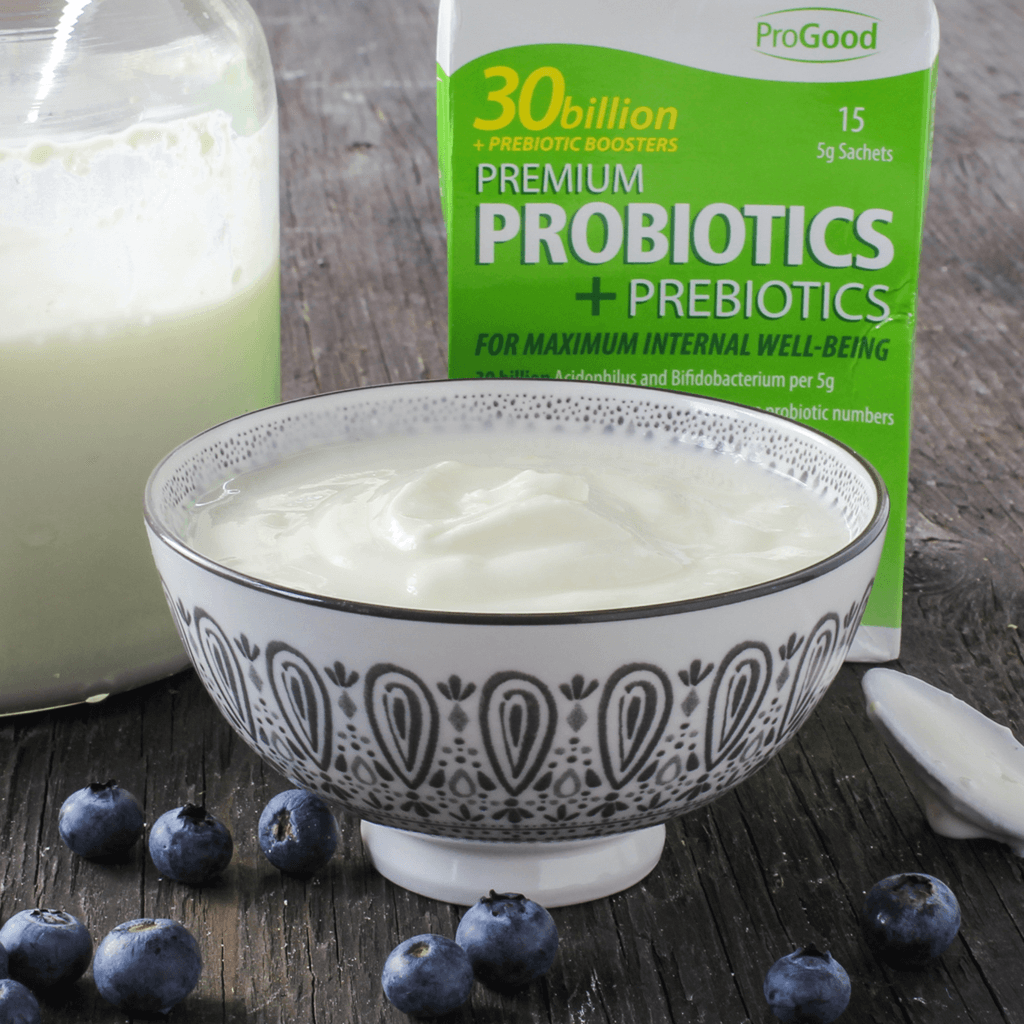
Garlic is a very capable antibacterial, and it will kill popular probiotic bacteria in high concentrations—such as Bifidobacterium species and Lactobacillus acidophilus. But when you eat garlic, it quickly becomes diluted with the other material in your digestive system. Thus, a normal intake of garlic does not pose much threat to probiotics or pathogenic bacteria. So, no, eating a normal amount of garlic will not kill probiotic (or pathogenic) bacteria in the gut.
As research indicates, it will take 3% or more concentration of garlic to inhibit certain Bifidobacterium species. And, it may take a higher concentration of garlic to inhibit Lactobacillus acidophilus. Also keep in mind that different garlic preparations appear to affect probiotic bacteria differently. So, these figures are more useful as an approximate guideline.
Concerning pathogenic bacteria, they all are inhibited by similar concentrations to those that inhibit Bifidobacterium. This data can be found on Herbsey.com’s page: garlic’s antibacterial affects.
One caveat to understand is that garlic needs to be crushed in order to be the most lethal to bacteria. This is because crushed garlic undergoes a chemical reaction to create the chemical allicin. The presence of allicin may be the primary reason why garlic is so lethal to bacteria. And, it is also important to understand that the chemical reaction forming allicin will not occur if you eat raw garlic. The acid in the stomach deactivates the enzyme alliinase so that it cannot react with alliin to form allicin.
Yet, eating a large amount of crushed garlic can probably alter the microbial life in the gut. One study we will discuss showed small concentrations of garlic inhibited some of the probiotic bacteria; whereas many were not inhibited by garlic at the concentrations tested.
Because garlic may be able to inhibit pathogens more than probiotic bacteria, eating a lot of garlic regularly might help to change the composition of bacteria in the gut for the better. A study from Phytomedicine [19.8-9 (2012): 707-711](source 1) speculated that garlic in the digestive system can stop pathogens while not doing too much damage to normal commensal bacteria (commensalism is a relationship where one species benefits while the other is neither benefited or harmed) in the digestive system. The following quote, taken from the study, expresses this opinion:
We did not measure the effect of the [commercial garlic powder] used here on specific gut pathogens. However other studies indicated that garlic inhibited pathogens such as streptococci (Ankri and Mirelman 1999; Groppo et al. 2007) and our results suggests that it should be possible to inhibit the gut pathogens by garlic supplements without adversely affecting the commensal microbial community of the human GI tract.
Phytomedicine [19.8-9 (2012): 707-711]

Comprehensive Herbalist School
Dr. Patrick Jones, founder of the HomeGrown Herbalist School of Botanical Medicine has been a practicing veterinarian for over 25 years. He is also a clinical herbalist and traditional naturopath.
Kevin Harrington, Original Shark from ABC’s Shark Tank, stands behind Dr. Patrick Jones and HomeGrown Herbalist.
Learn More
Comprehensive Herbalist School
Dr. Patrick Jones, founder of the HomeGrown Herbalist School of Botanical Medicine has been a practicing veterinarian for over 25 years. He is also a clinical herbalist and traditional naturopath.
Kevin Harrington, Original Shark from ABC’s Shark Tank, stands behind Dr. Patrick Jones and HomeGrown Herbalist.Learn More
Another study demonstrating that Lactobacillus bacteria seemed to be more resistant to garlic than pathogenic bacteria was published in the Korean Journal of Microbiology and Biotechnology [31. 32-35].(source 12) The study compared probiotic (and note that these bacteria are ‘lactic acid bacteria’) Lactobacillus acidophilus, Lactobacillus brevis, Lactobacillus casei, Lactobacillus plantarum to pathogenic bacteria concerning how they would react to garlic juice. The following pathogenic bacteria were used in this research:
- Escherichia coli
- Listeria monocytogenes
- Pseudomonas aeruginosa
- Salmonella typhimurium
- Shigella flexneri
- Staphylococcus aureus
- Streptococcus mutans
The study found that a 1% weight / volume concentration of garlic juice totally inhibited or drastically inhibited the pathogenic bacteria. The only pathogens that were not totally inhibited were Listeria monocytogenes (which showed 71.9% inhibition) and Staphylococcus aureus (which showed a 76.1% inhibition).
Concerning the probiotic bacteria, they were inhibited by the 1% garlic juice as follows:
- Lactobacillus acidophilus: 91.5% inhibition
- Lactobacillus brevis: 41.4% inhibition
- Lactobacillus casei: 24.7% inhibition
- Lactobacillus plantarum: 24.1% inhibition
This study concluded by stating: "Generally, the experiment [results] indicate that garlic juice restrains the growth of the pathogenic bacteria better than the lactic acid bacteria."
Let’s look at another study that evaluated how garlic would affect probiotic bacteria. The study was published in Food Science and Technology [39 (2019): 897-904](source 11). This research used water that had 0.02% ground garlic added to it and also tested fresh garlic juice. The probiotic bacteria that were tested were Lactobacillus acidophilus, Lactobacillus rhamnosus, and Bifidobacterium longum. The study made the following conclusions:
Also, Zhang et al. (2013) stated that garlic fructan can be used as a carbon source for bifidobacteria due to its being classified as non-digestible carbohydrates. Similarly, Shalini et al. (2017) reported that garlic fructan is an effective prebiotic for L. casei. Therefore; certain quantities of garlic, especially those below the antimicrobial activity concentration, may help to selectively promote the growth of beneficial bacteria in the gut...
...We also concluded that garlic has an antimicrobial effect on probiotic and yoghurt bacteria, but it may play a role in improving the growth of certain strains or be ineffective depending on the usage rate of garlic.
Food Science and Technology [39 (2019): 897-904]
More research needs to be conducted on how garlic can alter the microbiome of people. At this present time, we can infer from studies on garlic with probiotics and pathogens that certain classic probiotic bacteria seem to be more resistant to garlic than pathogens. It is therefore a good guess that the right amount of garlic (as too much will kill probiotics) may help to swing the microbiome of the gut away from pathogens and assist probiotics to dominate. Hopefully the future will bring more elucidation to this interesting question!
Dr. John Herzog (MD)
Dr. John Herzog, a "survival surgeon" from Maine explains what home remedies work best in a crisis situation.
This may be important in the event you require first-aid or are in an emergency situation without easy access to a hospital. Dr. John Herzog has assembled a large collection of home remedies for such scenarios.

Garlic’s Affects on Probiotic Bacteria
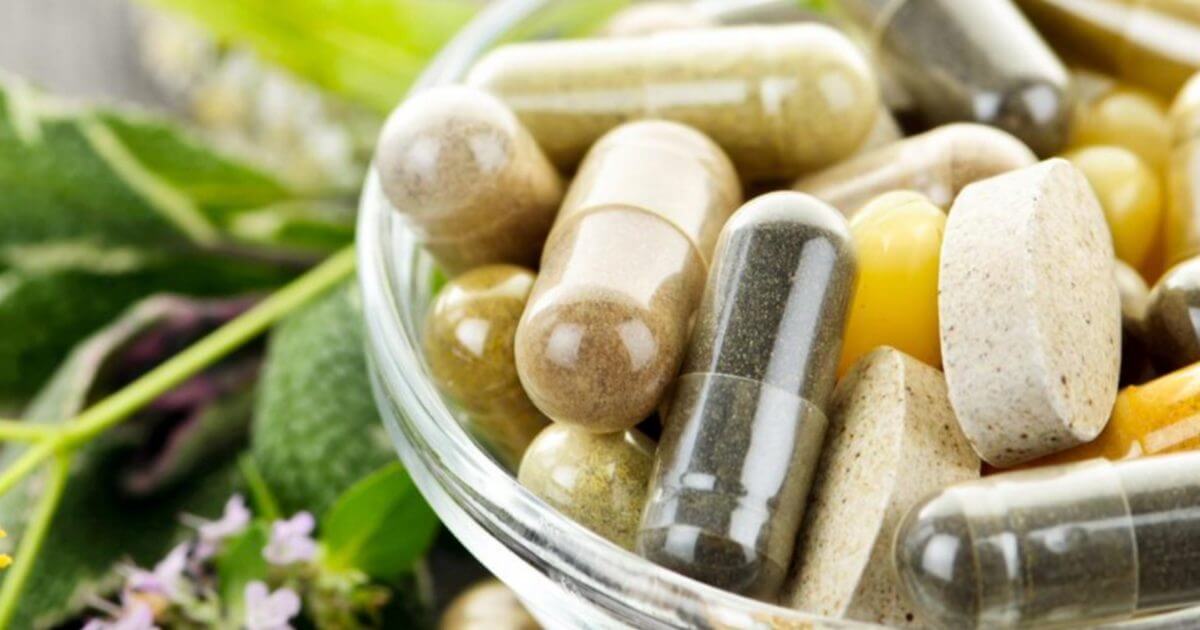
A study published in the African Journal of Microbiology Research [7.8 (2013): 669-677](source 2) looked at how garlic would affect probiotic bacteria. According to the study, the most commonly used, commercially available probiotics are Bifidobacterium and Lactobacillus strains. These strains are considered to be lactic acid bacteria and can live in the human gut.
The study found the minimum inhibitory concentration (MIC; the lowest concentration that will stop the growth) and the minimum bactericidal concentration (MBC; the lowest concentration that will kill a bacteria) for various Bifidobacterium species and Lactobacillus acidophilus.
The study tested several different garlic preparations; including garlic clove extract, garlic paste extract, garlic powder extract, and garlic spice extract.
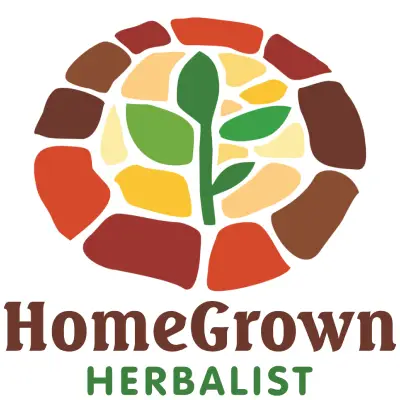
HomeGrown Herbalist Herb Shoppe
Owner of HomeGrown Herbalist Dr. Patrick Jones is a practicing veterinarian, Clinical Herbalist, and traditional naturopath. He owns and operates Fairview Animal Hospital in Buhl, ID.
Their herb shoppe provides herbs, essential oils, and tools. If you have some time, check it out!
Learn More
HomeGrown Herbalist Herb Shoppe
Owner of HomeGrown Herbalist Dr. Patrick Jones is a practicing veterinarian, Clinical Herbalist, and traditional naturopath. He owns and operates Fairview Animal Hospital in Buhl, ID.
Their herb shoppe provides herbs, essential oils, and tools. If you have some time, check it out!Learn More
It is important to note that the bacteria were all quite resistant to garlic; as the MBC was only arrived at when high dilutions were used. These dilutions, such as 50% garlic extract, will not occur in the gut (unless you gorge yourself on garlic!). So, for a better understanding of how garlic will affect the tested probiotics, the MIC data of the study should be more relevant to consider.
The study produced the following MICs for Garlic against specific probiotic species (note that the different garlic preparations used had different MICs):
- Bifidobacterium bifidum: MICs ranged from 30mg / ml to 107mg / ml.
- Bifidobacterium lactis: The lowest MIC was 45mg / ml; whereas other products did not inhibit at the highest concentrations tested.
- Bifidobacterium longum: The lowest MIC was 44.5mg / ml; whereas one product did not inhibit at the highest concentrations tested.
- Lactobacillus acidophilus: the lowest MIC was 303.5mg / ml; whereas other products did not inhibit at the highest concentrations tested.
These results are reported in milligrams per milliliter, and to convert this to a percent is straightforward. 1 Milligram / Milliliter = 0.1 Percent. So, for example, 30mg / ml would be 3%.
Concerning the MBC, high dilutions were required to kill many of the probiotic bacteria. Products that may have not been tested in high dilutions on the bacteria all were reported not to stop the growth of the bacteria at the highest concentration tested; this may have been in several mg / ml.
Claire Goodall’s Amazing Guide
Clair Goodall is a bee-obsessed, natural medicine convert from Minnesota (USA). And, she does keep bees!
Clair has created 350+ page book documenting how to replace the toxic products and medications in your home with healthier, all-natural alternatives.

The Most Prevalent Bacteria in the Gut
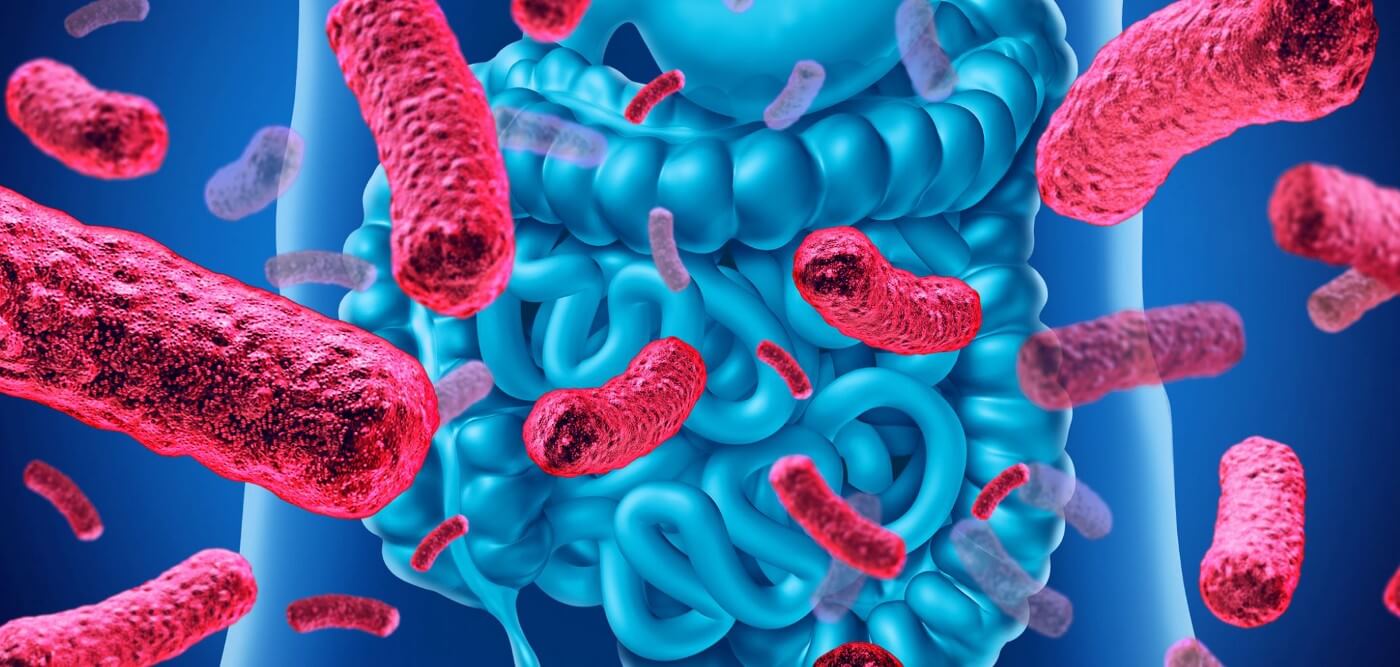
Work published in Infection and Immunity [76.8 (2008): 3360-3373](source 3), explained the prominent bacteria that live in the gastrointestinal system. According to this study, the large intestines contain over 500 separate species / phenotypes; with about 30 different identified taxonomic genera. The main type of bacteria in the colon are obligate anaerobes (bacteria that cannot grow in oxygen and are inhibited by oxygen).
According to this study, the most prevalent bacteria in the colon are of the following genera:
- Bacteroides (a primary constituent of the gut microbiome)
- Eubacterium
- Peptostreptococcus
- Lactobacillus
- Clostridium
How Garlic Affects Bacteroides
The 2008 Infection and Immunity study(source 3) found that a 1% w/v (weight / volume) concentration of garlic powder caused a rapid killing effect to occur on Bacteroides ovatus. This effect lasted until about 6 hours after exposure, and then the Bacteroides ovatus began to grow again. After 24 hours of exposure to garlic powder, the number of CFUs for this bacteria were lower, but similar, to the levels of Bacteroides ovatus not exposed to garlic powder.
A study, published in Microbial Ecology in Health and Disease [12.2 (2000): 81-84](source 4), analyzed how garlic would inhibit and kill Bacteroides fragilis. The study found the minimum inhibitory concentration (MIC; the lowest concentration that will stop the growth) and the minimum bactericidal concentration (MBC; the lowest concentration that will kill a bacteria) for garlic against this species of Bacteroides.

Comprehensive Herbalist School
Dr. Patrick Jones, founder of the HomeGrown Herbalist School of Botanical Medicine has been a practicing veterinarian for over 25 years. He is also a clinical herbalist and traditional naturopath.
Kevin Harrington, Original Shark from ABC’s Shark Tank, stands behind Dr. Patrick Jones and HomeGrown Herbalist.
Learn More
Comprehensive Herbalist School
Dr. Patrick Jones, founder of the HomeGrown Herbalist School of Botanical Medicine has been a practicing veterinarian for over 25 years. He is also a clinical herbalist and traditional naturopath.
Kevin Harrington, Original Shark from ABC’s Shark Tank, stands behind Dr. Patrick Jones and HomeGrown Herbalist.Learn More
Unfortunately, the study expressed the MIC and MBC in terms of thiosulfinate content; thus, it takes a little understanding to get a more practical explanation. The antibacterial activity of garlic is attributed to the thiosulfinates present in it.
The study found that the MIC of garlic for Bacteroides fragilis was 1.6 micrograms / milliliter. The MBC of garlic for this bacteria was also 1.6 micrograms / milliliter.
So how much thiosulfinates are in garlic?
Pierre Brat, in his 2008 book Improving the Health-Promoting Properties of Fruit and Vegetable Products (pp. 248-278)(source 5), states research reported 2.67 mg to 10.15 mg of total thiosulfinates per gram of fresh garlic weight. Thus the average thiosulfinate content can be considered 6.41mg / gram of fresh garlic. So, since there are 1,000 micrograms in a milligram, There is an estimated 6,410 micrograms of thiosulfinate in each gram of garlic.
The authors of the Microbial Ecology in Health and Disease(source 4) study concluded that their results indicate that taking garlic orally can have an impact on the bacterial life in the gut. The study stated: "These results would suggest that oral administration of garlic could have an effect on the mixed microbial flora of the human body."
How Garlic Affects Eubacterium
No research may exist stating whether garlic inhibits or kills Eubacterium. Yet, the allicin in crushed garlic may help Eubacterium thrive. The Journal of Nutritional Biochemistry [(2021): 108600](source 6) cited a study showing that mice fed allicin had lower Trimethylamine-N-oxide (TMAO; which is a risk factor for atherosclerosis) levels and that this TMAO reduction was correlated with the presence of Eubacterium.
Garlic and Peptostreptococcus
Upon searching for research to show how garlic would affect Peptostreptococcus, there were no studies found demonstrating any findings. But, it can be surmised that garlic might be able to reduce the growth or kill this bacteria. This is because garlic can kill a wide range of bacteria. So, until research is done, speculation is all that can be done.
Garlic & Clostridium perfringens
A study published in Microbiology Spectrum [6.5 (2018): 6-5](source 7) discussed the ubiquitous bacteria Clostridium perfringens (C. perfringens).
The study explained that this bacteria is very common; and is present in the human gastrointestinal tract, sewage, and in the soil. And, this bacteria can cause intestinal infections in humans and animals. An important reason this bacteria can cause disease is largely due to C. perfringens toxin producing ability.

HomeGrown Herbalist Herb Shoppe
Owner of HomeGrown Herbalist Dr. Patrick Jones is a practicing veterinarian, Clinical Herbalist, and traditional naturopath. He owns and operates Fairview Animal Hospital in Buhl, ID.
Their herb shoppe provides herbs, essential oils, and tools. If you have some time, check it out!
Learn More
HomeGrown Herbalist Herb Shoppe
Owner of HomeGrown Herbalist Dr. Patrick Jones is a practicing veterinarian, Clinical Herbalist, and traditional naturopath. He owns and operates Fairview Animal Hospital in Buhl, ID.
Their herb shoppe provides herbs, essential oils, and tools. If you have some time, check it out!Learn More
The Microbial Ecology in Health and Disease [12.2 (2000): 81-84](source 4) study found the MIC and MBC for C. perfringens. According to the study:
- MIC of garlic against C. perfringens: 1.6 micrograms of thiosulfinate per milliliter
- MBC of garlic against C. perfringens: 3.2 micrograms of thiosulfinate per milliliter
How Important are Gut Bacteria?

The study in Infection and Immunity [76.8 (2008): 3360-3373](source 3), discussed the importance of bacteria in the gut. The paper states the importance of intestinal bacteria; studies on animals have confirmed that intestinal bacteria:
- Are essential for the development of the mucosal immune system (the immune system operation of the mucous membranes; i.e. those tissues that line the parts of the inner body that are in direct contact with the external environment—such as the lungs, intestines, mouth, and nose); which development is known to be vital for the overall immunity in adults.
- Proper mucosal cell death and regeneration
- Vascularity (being supplied with blood vessels)
- Movement of food through the digestive system (helps prevent constipation)
- Digestive enzyme operation
- Cell-mediated immunity (an immune response by non-antibody cells in response to an antigen—i.e., an antigen is a substance that causes an immune system response)
- Cytokine production (cytokines are small proteins secreted by cells that have a specific effect on the communication and interaction of cells. Cytokines are made by many cells, but predominantly helper T cells and Macrophages.(source 8) Helper T cells are a type of white blood cell that stimulates killer T cells. Macrophages are specialized cells that recognize, engulf and destroy other cells.)
According to this same study(source 3), the amount of bacteria differs greatly across the gastrointestinal tract. As you may have guessed, the mouth contains a lot of bacteria; about 200 different species. Yet, the stomach, due to harsh conditions posed by acid, is almost sterile. As you proceed down the intestines, moving away from the stomach, the bacteria content increases.
This study stated that approximately 108 bacteria live in each gram of ileal contents (the ileum is the last part of the small intestine; connecting to the cecum [first part of the large intestine]) (Definition of ileum with a graph of intestines from cancer.gov).
Bacteria is an integral part of fecal matter. A study published in the Journal of Medical Microbiology [13.1 (1980): 45-56](source 9) found that about 55% of the dry weight of feces was actually bacteria. Yet, consider that bacteria is about 80% water; and a dehydrated stool sample does not take this into account. Therefore the study speculated that a normal, wet stool may be composed of about 75% bacteria! The following quote was taken from this study and addresses this thought:
If bacteria are 80% water, 55% of the dry weight becomes an even larger proportion of the wet stool, about 75%. Previous studies have suggested 30% (van Houte and Gibbons, 1966) or 40% (Moore and Holdeman, 1975) but these are based on conversions from microscopic counts. The mean value obtained for counts in the present study was 4.0 × 1011 (range 2.8–6.0 × 1011) per g of dry faeces, which is similar to those from other studies (Finegold et al., 1974; Finegold et al., 1975; Mastro-marino, Reddy and Wynder, 1978).
Journal of Medical Microbiology [13.1 (1980): 45-56]

Comprehensive Herbalist School
Dr. Patrick Jones, founder of the HomeGrown Herbalist School of Botanical Medicine has been a practicing veterinarian for over 25 years. He is also a clinical herbalist and traditional naturopath.
Kevin Harrington, Original Shark from ABC’s Shark Tank, stands behind Dr. Patrick Jones and HomeGrown Herbalist.
Learn More
Comprehensive Herbalist School
Dr. Patrick Jones, founder of the HomeGrown Herbalist School of Botanical Medicine has been a practicing veterinarian for over 25 years. He is also a clinical herbalist and traditional naturopath.
Kevin Harrington, Original Shark from ABC’s Shark Tank, stands behind Dr. Patrick Jones and HomeGrown Herbalist.Learn More
One study, published in Clinical Gastroenterology and Hepatology [10.9 (2012): 960-968](source 10), stated what is possibly a very well agreed upon truth: that gut bacteria contributes to gastrointestinal health; and, when this microbiome is disrupted, this can lead to many diseases. Thus bacteria are absolutely vital for a person to be in optimum health.
Garlic’s Side Effects & Contraindications
There are some cautions you should be aware of when it comes to taking garlic. Fortunately, Herbsey has an article that provides a detailed summary of these side effects. You can read it (maybe just the short summary if you don’t have time!) here: Side Effects of Taking Garlic.
Generally you do not have to worry too much when taking a few cloves of garlic a day. The most common, and likely side effect, is having bad breath or bad body odor. But, if you use it on your skin, you should dilute the garlic, or use it with caution. This is because garlic can cause chemical burns.
Additionally, garlic may interact with blood thinners and drugs used to treat HIV. Also, garlic may prolong bleeding time and should be avoided before surgery. Again, the article has a more comprehensive explanation.
About the Author
Nick Gross is a natural medicine enthusiast who has been researching and writing about natural medicine since 2008. Nick is primarily a web developer, but also researches and authors written and video content about natural health. Nick has a bachelor’s degree in Management Information Systems from the University of Northern Iowa.
More on Nick GrossImportant Disclosures & Disclaimers
It is important to use the information you find on Herbsey.com in the right way. Also for legal reasons, these disclaimers and disclosures are necessary. For further information about each, feel free to click the link provided to the page on this website that provides more information.
Medical Disclaimer
The information on this website is not a prescription for anyone. This information is for informational or educational purposes only, and is not a substitute for professional medical advice or consultations with healthcare professionals.
Advertisement Disclosure
Some of the links provided on this article and website are affiliate links. If you purchase a product after clicking on these links, Herbsey.com will earn a commission. Herbsey.com promotes various products through advertisement and text links. For more information: Our Advertisements.





